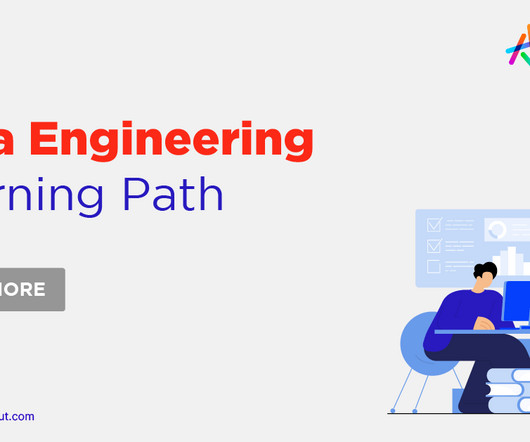Data Engineering Learning Path: A Complete Roadmap
Knowledge Hut
JUNE 23, 2023
The average salary in the US is $131,610, and the range is from $85,604 to $202,340, according to Indeed (May 2023). Equip yourself with the experience and know-how of Hadoop, Spark, and Kafka, and get some hands-on experience in AWS data engineer skills, Azure, or Google Cloud Platform.












Let's personalize your content